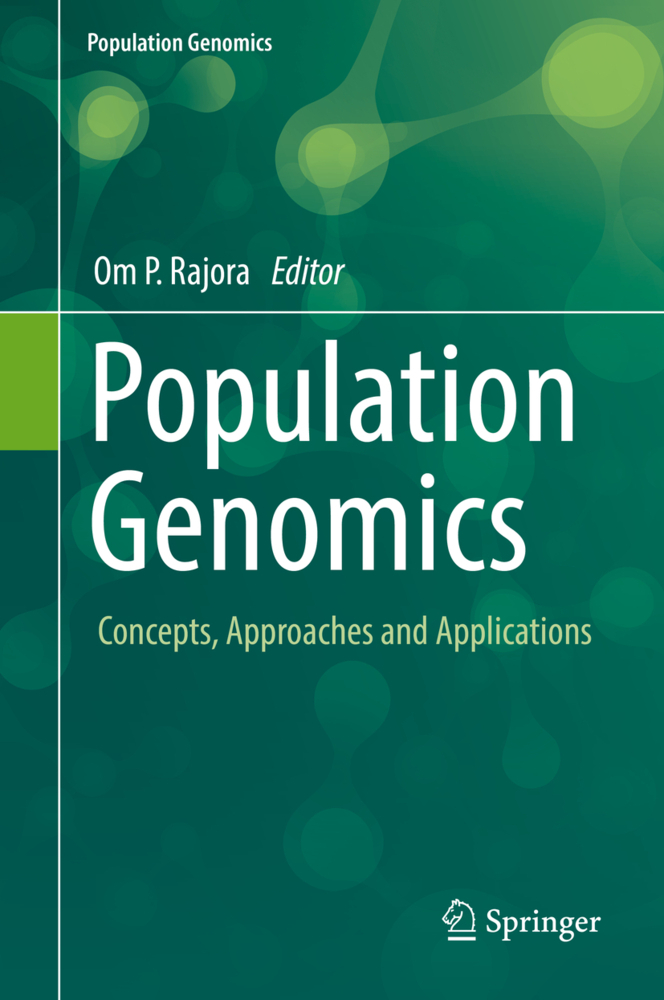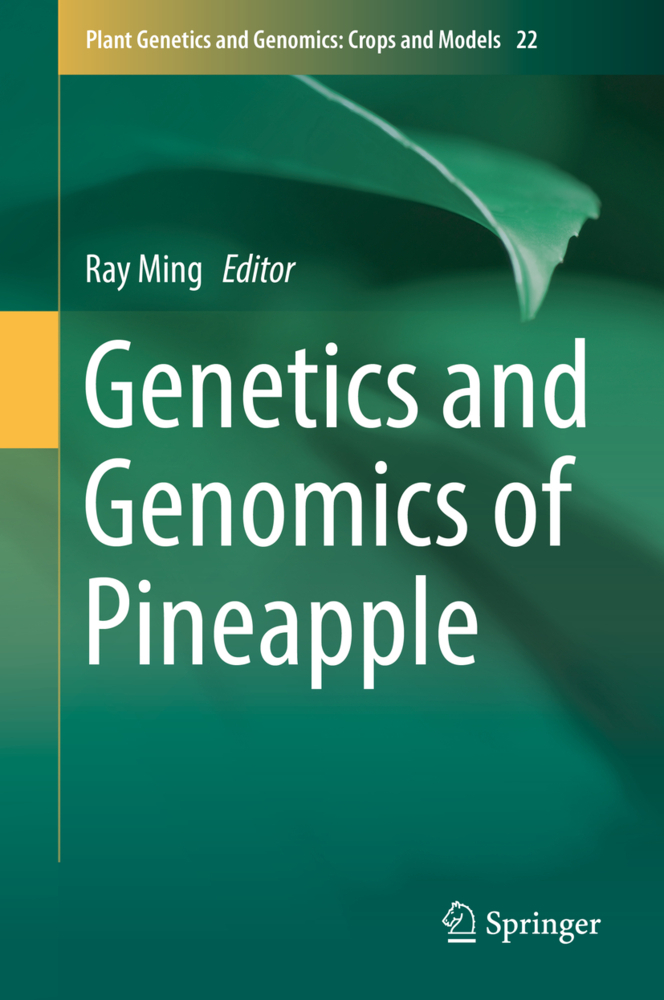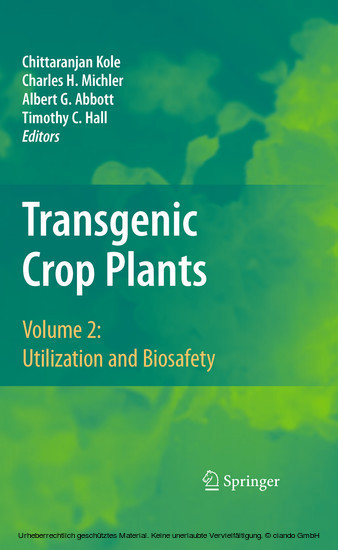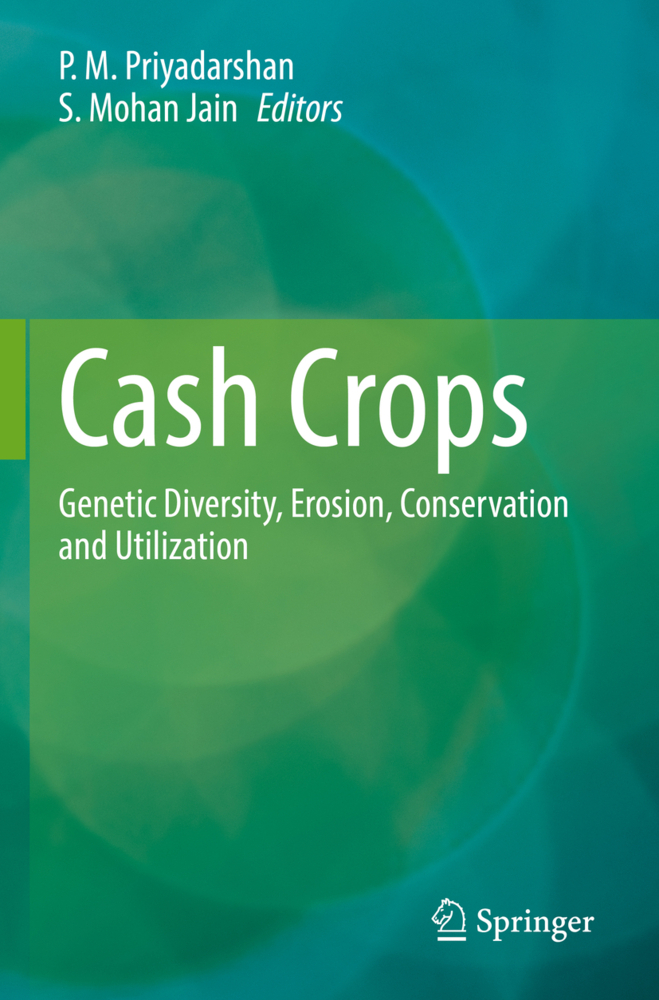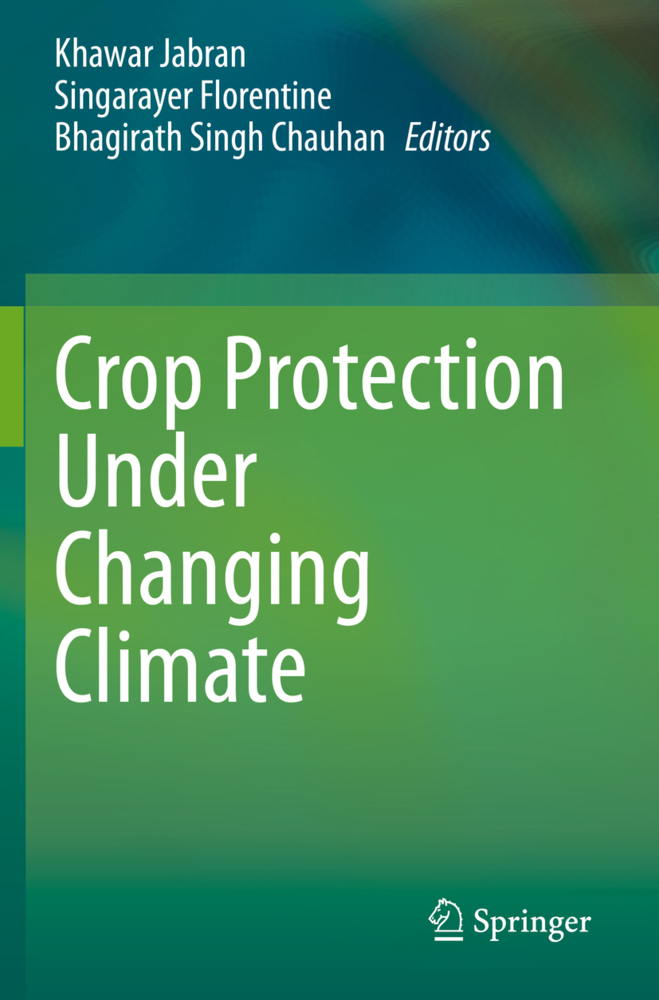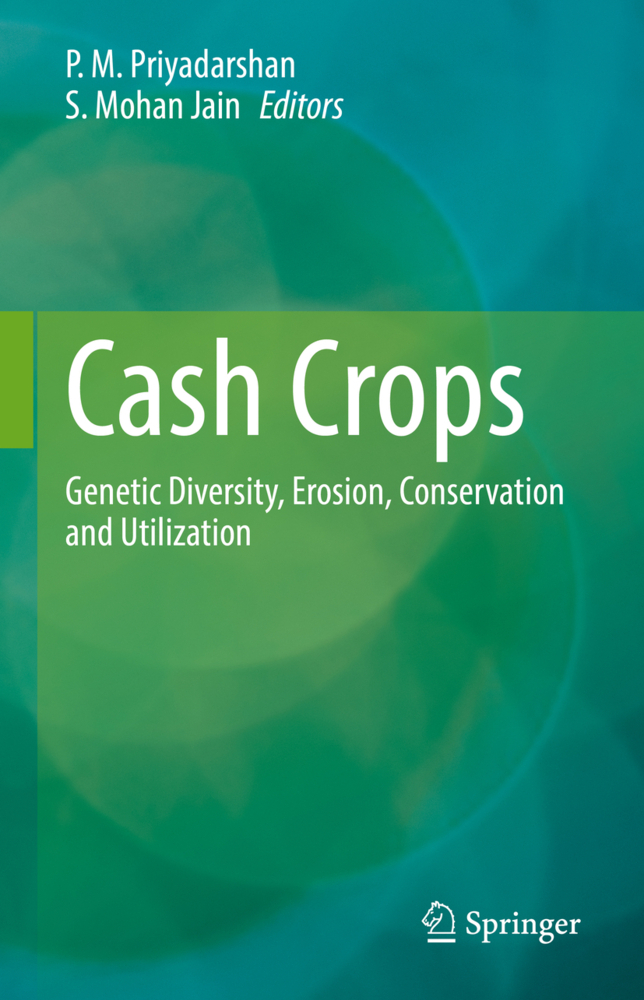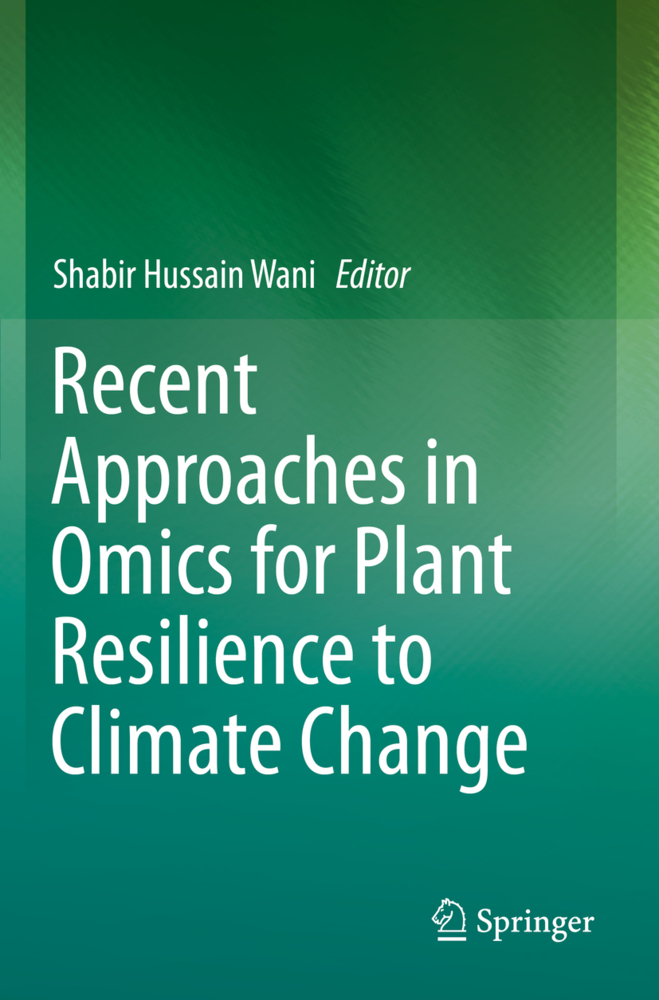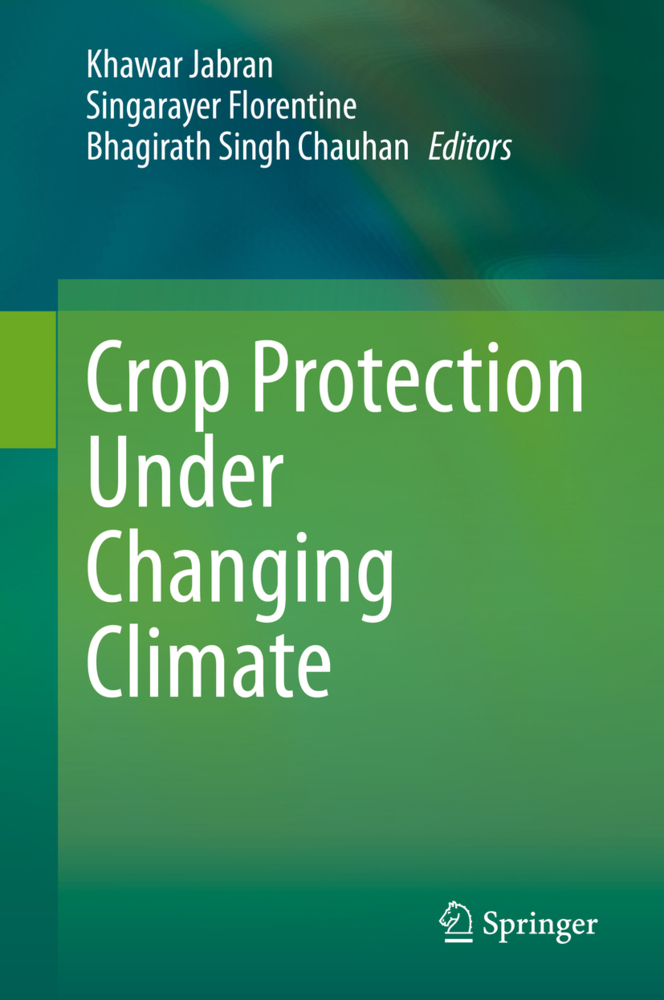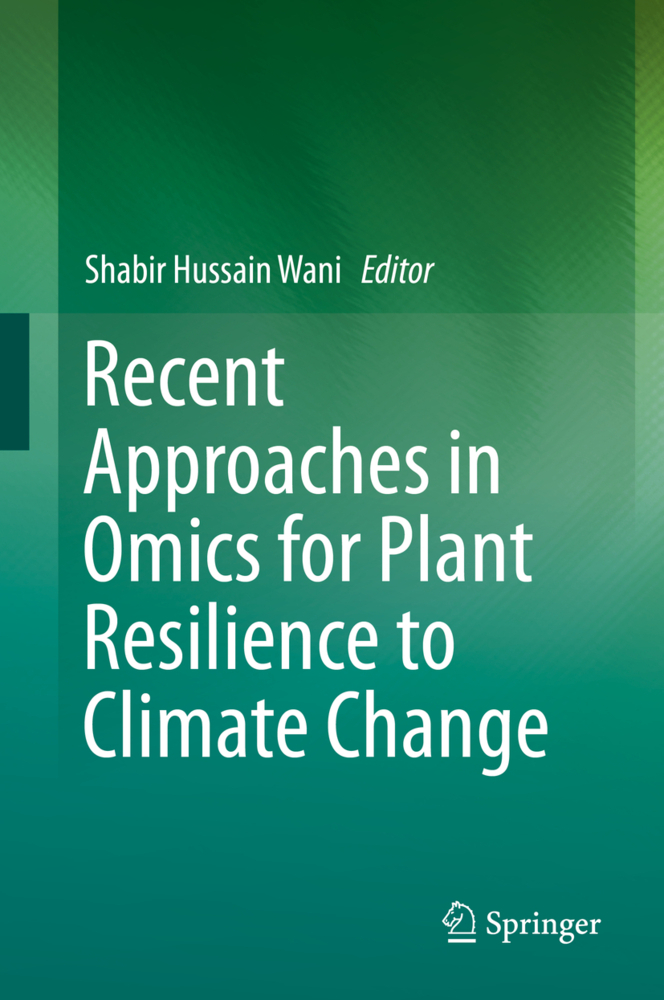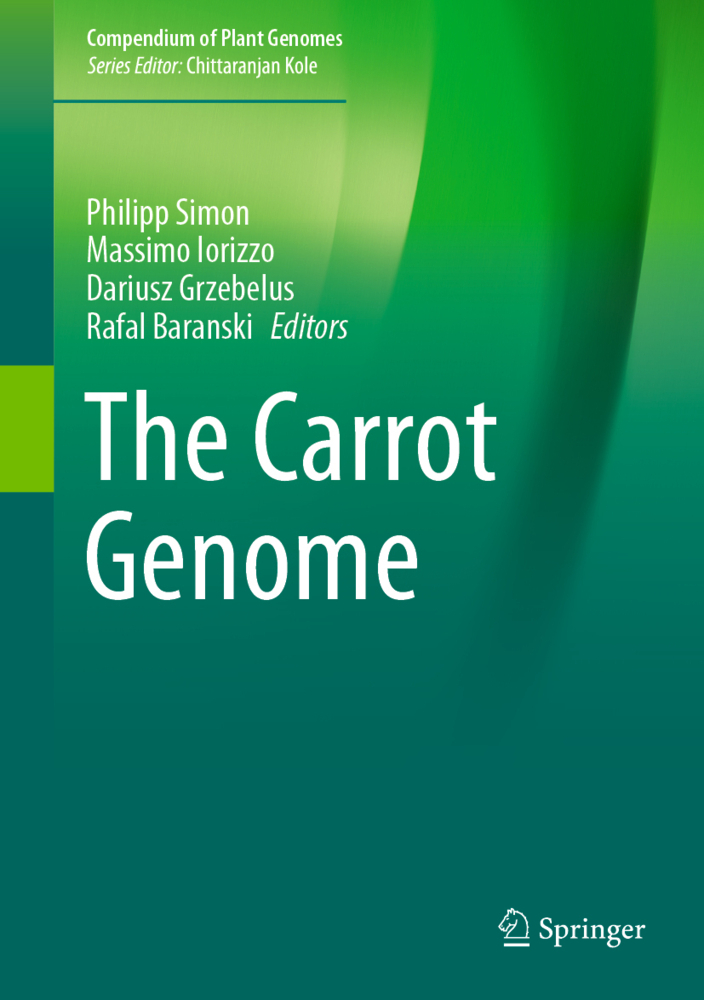Population Genomics
Population genomics has revolutionized various disciplines of biology including population, evolutionary, ecological and conservation genetics, plant and animal breeding, human health, medicine and pharmacology by allowing to address novel and long-standing questions with unprecedented power and accuracy. It employs large-scale or genome-wide genetic information and bioinformatics to address various fundamental and applied aspects in biology and related disciplines, and provides a comprehensive genome-wide perspective and new insights that were not possible before. These advances have become possible due to the development of new and low-cost sequencing and genotyping technologies and novel statistical approaches and software, bioinformatics tools, and models.
Population genomics is tremendously advancing our understanding the roles of evolutionary processes, such as mutation, genetic drift, gene flow, and natural selection, in shaping up genetic variation at individualloci and across the genome and populations; improving the assessment of population genetic parameters or processes such as adaptive evolution, effective population size, gene flow, admixture, inbreeding and outbreeding depression, demography, and biogeography; resolving evolutionary histories and phylogenetic relationships of extant, ancient and extinct species; understanding the genomic basis of fitness, adaptation, speciation, complex ecological and economically important traits, and disease and insect resistance; facilitating forensics, genetic medicine and pharmacology; delineating conservation genetic units; and understanding the genetic effects of resource management practices, and assisting conservation and sustainable management of genetic resources.
This Population Genomics book discusses the concepts, approaches, applications and promises of population genomics in addressing most of the above fundamental and applied crucial aspects in a variety of organisms from microorganisms to humans. The book provides insights into a range of emerging population genomics topics including population epigenomics, landscape genomics, seascape genomics, paleogenomics, ecological and evolutionary genomics, biogeography, demography, speciation, admixture, colonization and invasion, genomic selection, and plant and animal domestication. This book fills a vacuum in the field and is expected to become a primary reference in Population Genomics world-wide.Part1. Introduction
Chapter1. Population genomics: Advancing understanding of naturePart2. Methods
Chapter2. Genotyping and sequencing technologies in population genetics and genomics
Chapter3. Computational tools for population genomics
Chapter4. Population and evolutionary genetic inferences in the whole genome era: Software challenges
Part3. Concepts and Approaches
Chapter5. Population epigenomics: Advancing understanding of phenotypic plasticity, acclimation, adaptation and diseases
Chapter6. Landscape genomics: Understanding heterogeneity and genomic characteristics of populations
Chapter7. Paleogenomics: Genome-scale analysis of ancient DNA and population and evolutionary genomic inferences
Chapter8. Genome-wide association studies and heritability estimation in the functional genomics era
Chapter9. Genomic selection
Part4.
Chapter10. Population genomics provides key insights in ecology and evolution
Chapter11. Inferring demographic history using genomic data
Chapter12. Advancing biogeography through population genomics
Chapter13. Adaptation without boundaries: Population genomics in ocean systems
Chapter14. Population genomics of speciation and admixture
Chapter15. Population genomics of colonization and invasion
Chapter16. Population genomics of crop domestication: current state and perspectives
Chapter17. Population genomics of animal domestication and breed development
Chapter18. Population genomics of domestication and breed development in canines in the context of cognitive, social, behavioral, and disease traits.
Rajora, Om P.
| ISBN | 978-3-030-04587-6 |
|---|---|
| Artikelnummer | 9783030045876 |
| Medientyp | Buch |
| Auflage | 1st ed. 2019 |
| Copyrightjahr | 2019 |
| Verlag | Springer, Berlin |
| Umfang | 822 Seiten |
| Abbildungen | XVII, 822 p. 110 illus., 85 illus. in color. |
| Sprache | Englisch |

